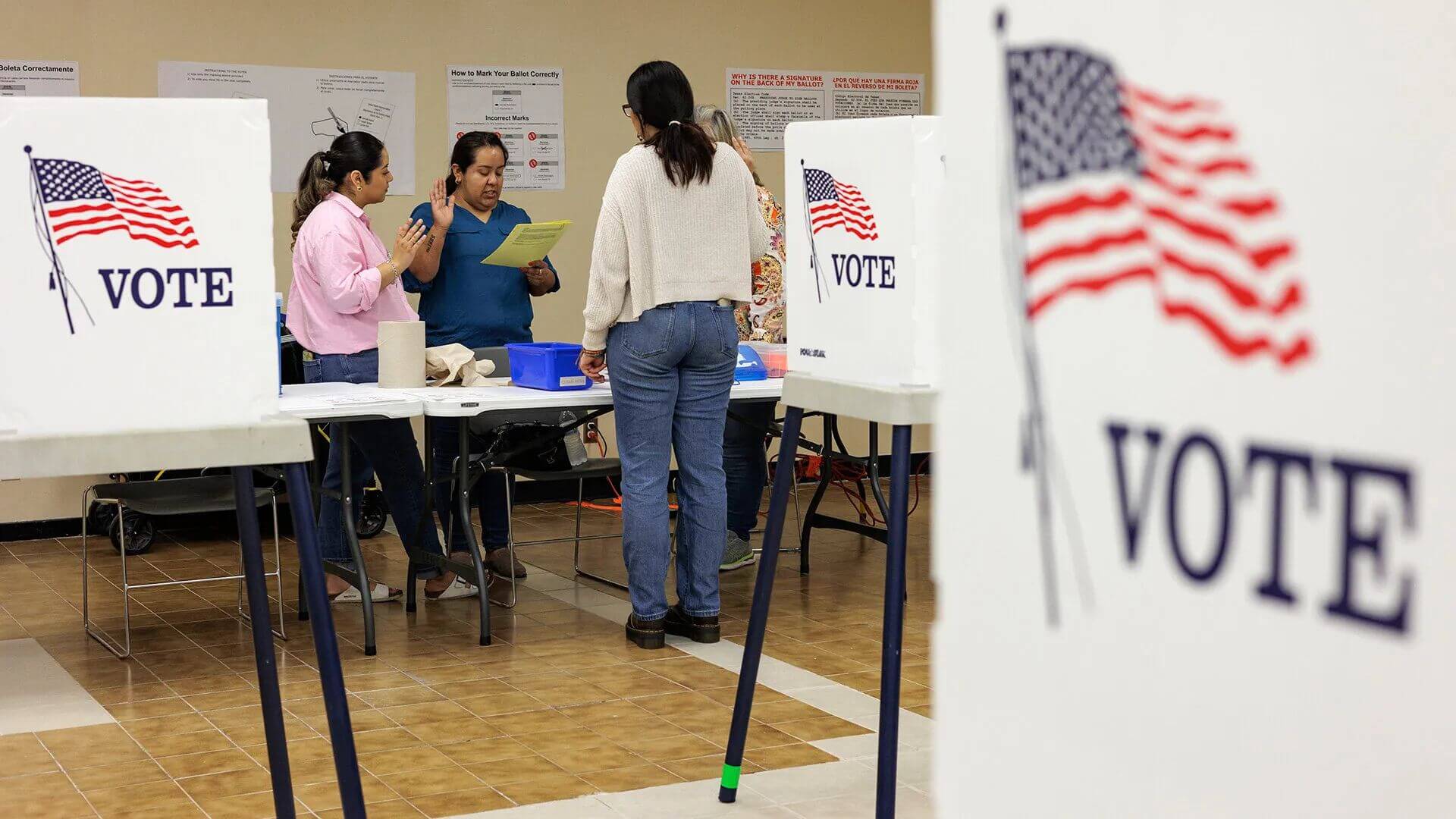
Elaine Kamarck, Brookings Institution senior fellow and director of the Center for Effective Public Management, visited the School of Public Policy as the Institute for Public Leadership’s inaugural speaker for its “Leadership and Integrity in Elections” speaker series. Discussing her latest book, Lies That Kill: A Citizen's Guide to Disinformation, co-authored with Darrell West, Kamarck talked about the widespread and dangerous effects of disinformation across politics, public health and society. She emphasized that in today’s world, disinformation is far more than a nuisance—it can pose a deadly threat.
Highlighting the duplicitous nature of disinformation, Kamarck explained how it preys on deep societal divisions and can escalate to violent consequences. “Disinformation is dangerous, and in certain forms, it kills,” she stated.
Kamarck recounted a recent fabricated story involving Haitian immigrants in Springfield, Ohio, accused of stealing and eating pets. The rumor, which started as a Facebook post, rapidly escalated as it was picked up by far-right websites. The rumor reached millions, and it was then mentioned during a nationally televised presidential debate, highlighting the speed that disinformation spreads in today’s digital age.
When disinformation becomes rampant and stirs up hatred, even if there’s no grain of truth to it, people can die.Elaine Kamarck
The result of this false narrative was chaos, explained Kamarck, citing the dozens of bomb threats, evacuations of public buildings and a fearful, misinformed public. “This is why we called the book ‘Lies That Kill,’” she emphasized. “When disinformation becomes rampant and stirs up hatred, even if there’s no grain of truth to it, people can die.” She noted that disinformation campaigns fuel racial divisions and erode public trust in democratic institutions, which further polarizes people.
Kamarck emphasized that disinformation not only distorts the truth but can also lead to misinformation, particularly evident during the COVID-19 pandemic, where it had deadly consequences. “COVID was rife with crazy stories and crazy ideas about what would cure COVID,” Kamarck said, citing the widespread claims about hydroxychloroquine as a case where false claims led to fatal outcomes. “About 10,000 people died from taking hydroxychloroquine,” Kamarck stated, emphasizing how unchecked falsehoods can result in real harm. Disinformation can often lead to the widespread dissemination of misinformation, as exaggerated claims get repeated without verification. From fake remedies to vaccine conspiracy theories, she explained that these deceptive narratives weakened the public’s ability to respond effectively to the pandemic, hitting vulnerable communities the hardest.
During the 2016 presidential election cycle, disinformation was widespread and dangerous. Kamarck discussed a bizarre conspiracy theory known as PizzaGate that emerged during this time, which alleged that prominent Democrats were running a child trafficking ring out of the basement of a Washington, DC pizzeria. This unfounded claim had severe real-world consequences. A man from North Carolina, believing the lie, drove to the restaurant armed with an assault rifle and a handgun, intending to rescue the supposed victims. “He opened several doors only to find that there was no basement in the building, there were no abused children … and nothing but a delivery guy in a closet, unloading pizza dough,” said Kamarck. Though no one was harmed, this unfounded claim is a prime example of how disinformation can escalate into real-world consequences. “This is the type of disinformation that leads to violence and fear, even when there’s no truth behind it,” she warned.
Warning about the future dangers posed by rapidly advancing technology, Kamarck explained, “The technology for making deep fakes is better than ever before, and it’s cheap.” She pointed out how these tools allow malicious actors to create convincingly fake videos and images that can easily deceive the public. “In 2016, deep fakes were laughable—now they’re realistic enough to fool millions,” she said, noting that the public is still learning to navigate the digital landscape where truth and lies are disseminated with equal ease.
Discussing the financial motivations behind disinformation, Kamark referenced Alex Jones, who profited from spreading conspiracy theories about the 2012 Sandy Hook school shooting. “He made millions off of subscriptions, products and speeches, all while pushing lies,” Kamarck explained. She argued that making disinformation financially costly for bad actors through lawsuits and fines is one way to curb its spread.
Despite the dangers posed by disinformation, Kamarck is hopeful. She pointed to France and Taiwan where disinformation campaigns backfired, and public exposure of foreign interference helped strengthen democratic institutions. “We’re not doomed to a post-truth world,” Kamarck reassured attendees. She called for a multi-faceted approach to fighting disinformation that includes public education, digital literacy and regulation.
Kamarck encouraged everyone to become more discerning consumers of information, as disinformation thrives in an environment where people don’t question what they hear. “How do we fight disinformation? We fight it by using common sense,” asserted Kamarck, “by saying to ourselves, if something doesn't make sense, it probably is wrong. … We can also fight it with trusted and real information.”




